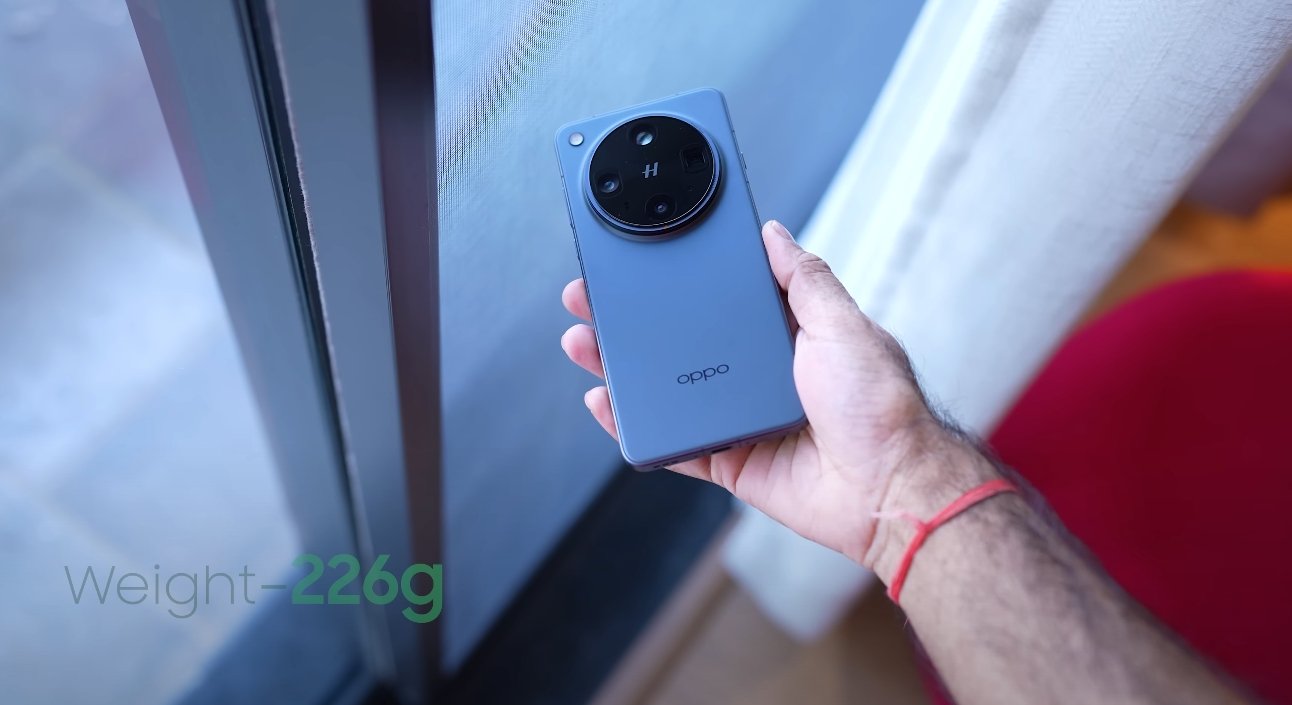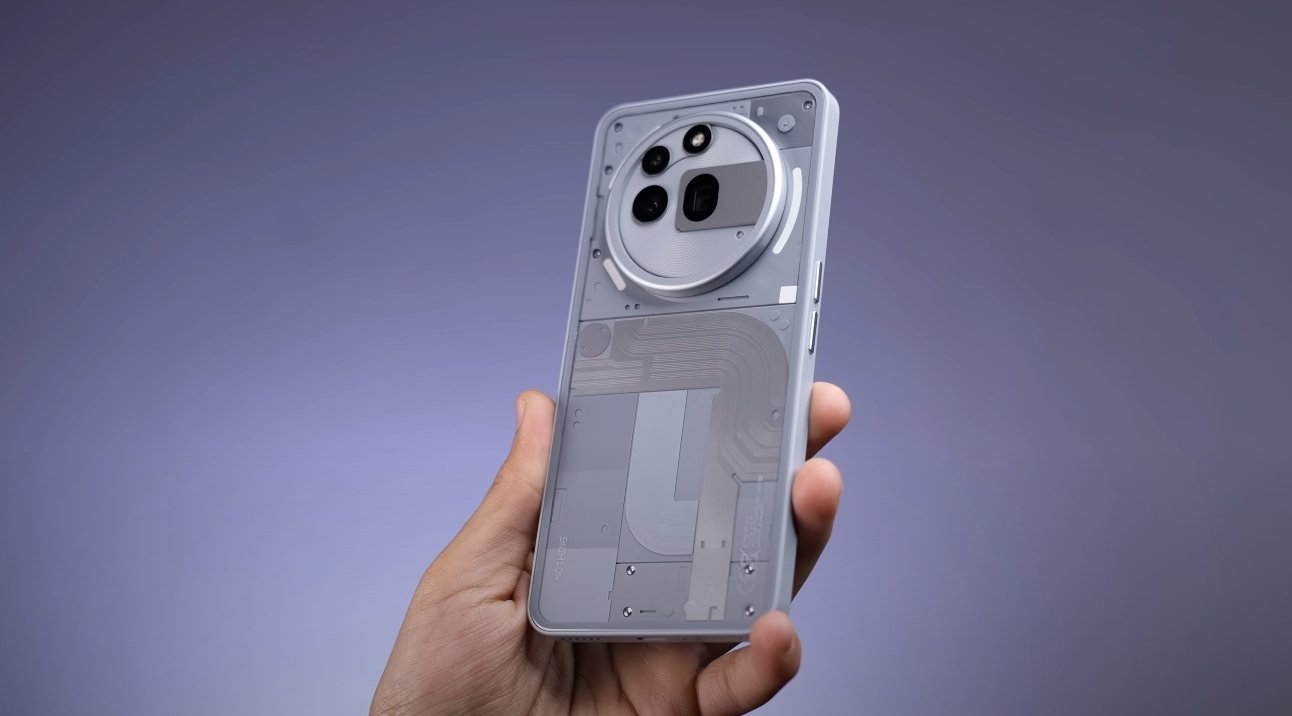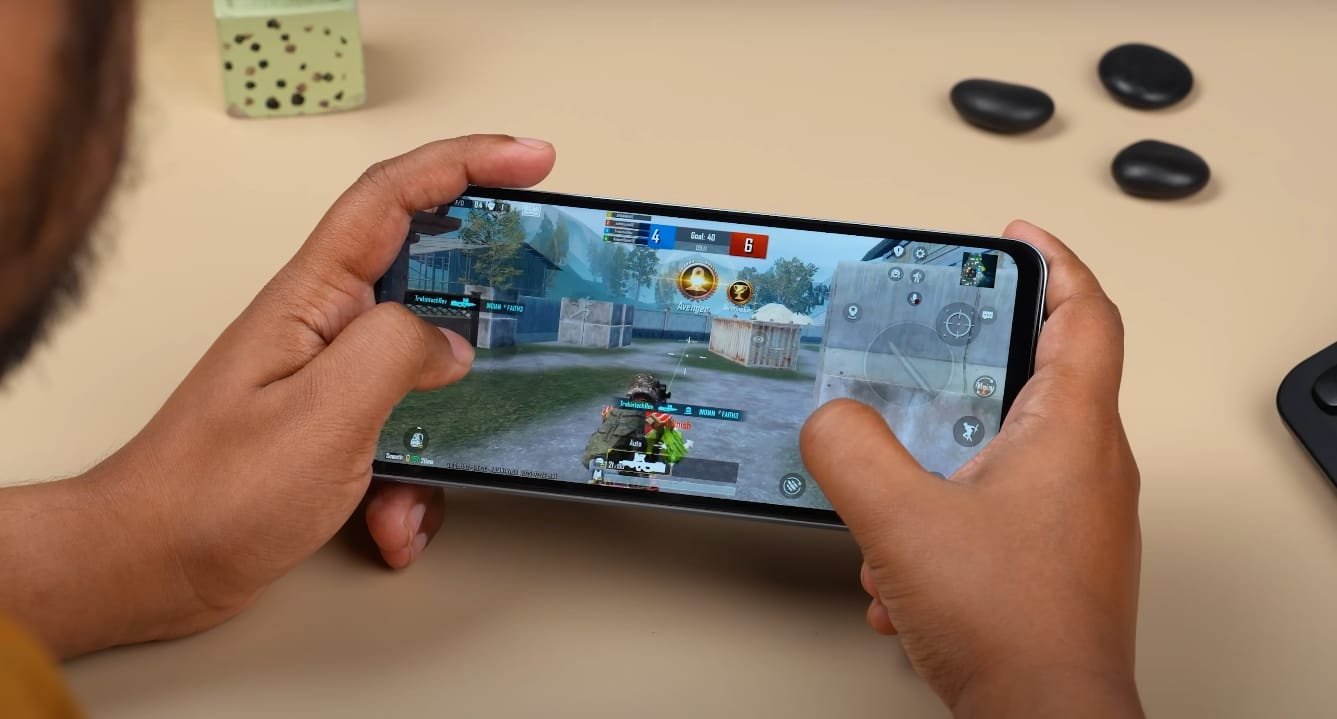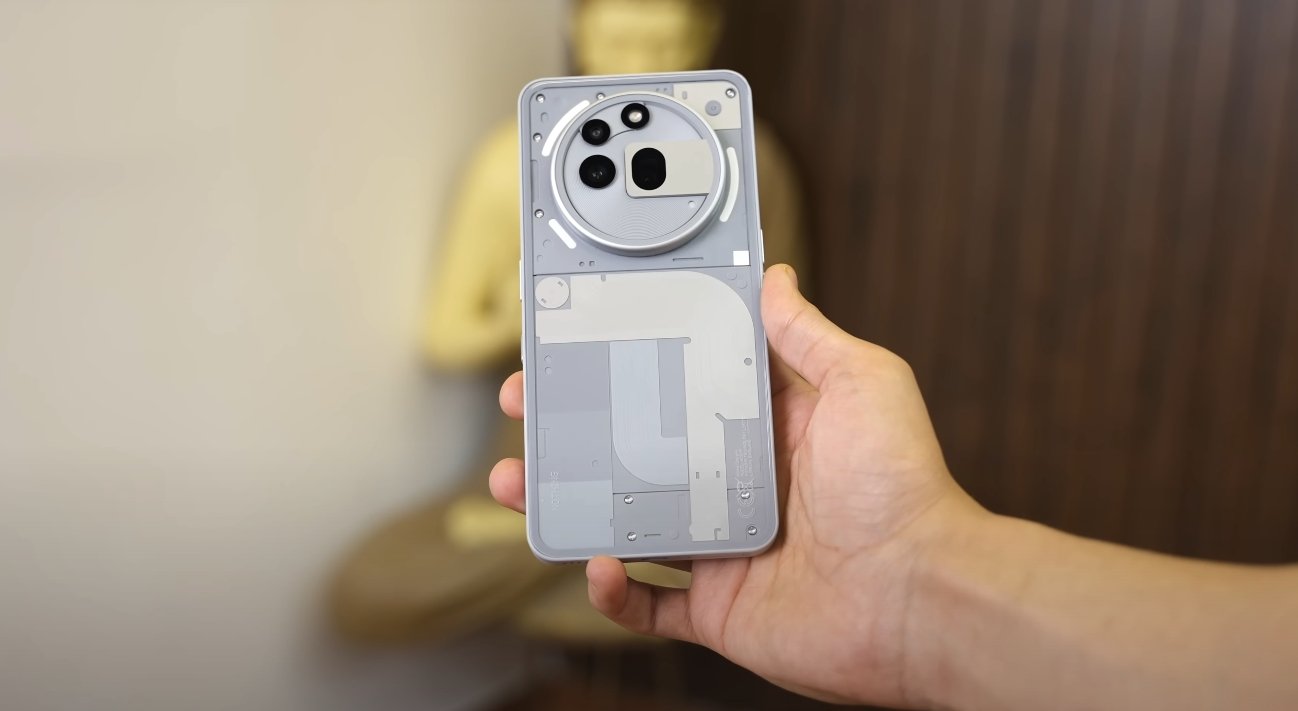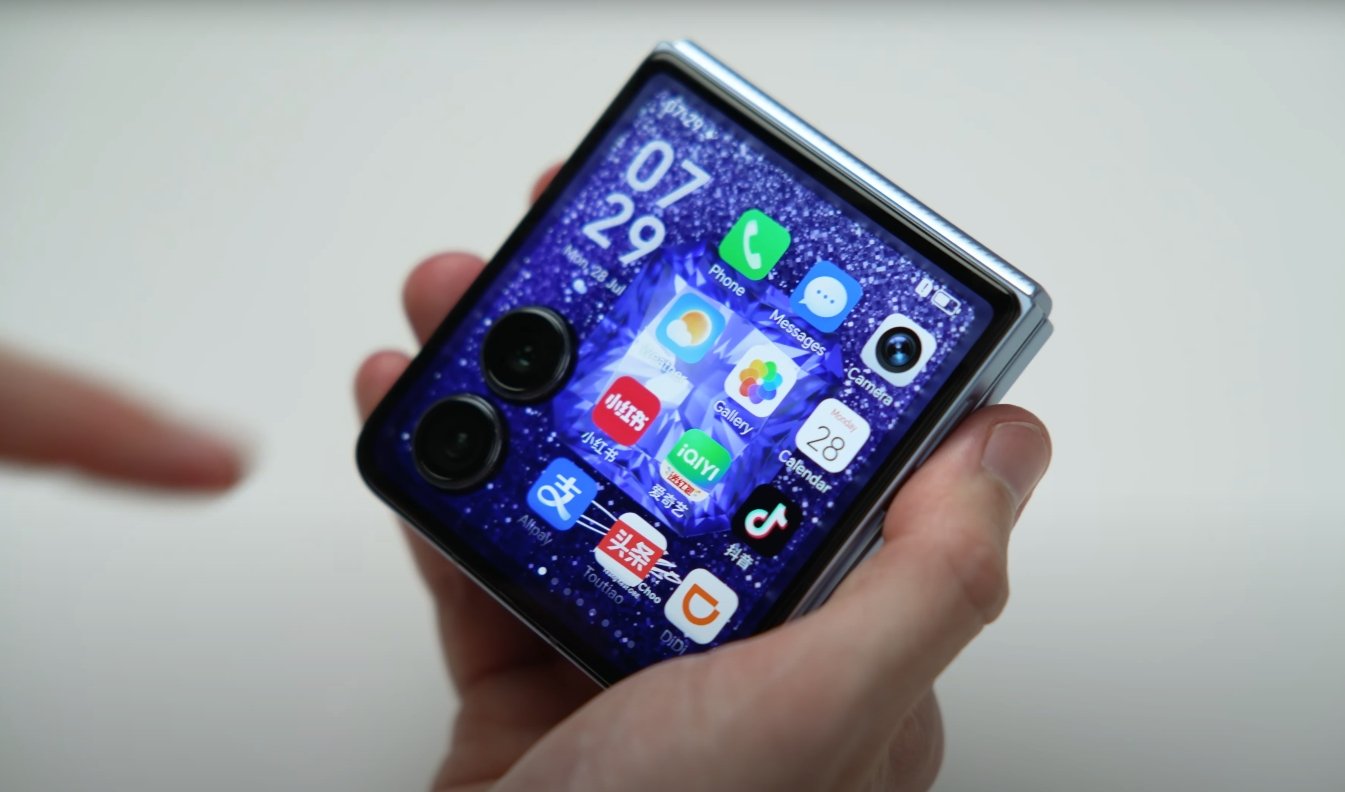Flagship Power Battle: Oppo Find X8 Ultra vs OnePlus 12R
The Oppo Find X8 Ultra and OnePlus 12R stand at different price points but aim to deliver flagship-level performance to demanding users. While both share a common design philosophy focused on speed and efficiency, their hardware and optimization set them apart in real-world usage. In this comparison, we look at how both devices perform under heavy multitasking, gaming, and productivity tasks, giving U.S. users a clearer picture of which phone suits their needs better.
Starting with the processor, the Oppo Find X8 Ultra is powered by Qualcomm’s latest Snapdragon 8 Gen 4 chipset, built on a cutting-edge 3nm process. This chip brings massive improvements in both CPU and GPU efficiency compared to its predecessor. On the other hand, the OnePlus 12R uses the Snapdragon 8 Gen 2, which, while still powerful, is now a generation older. The difference in day-to-day use might not seem dramatic for casual users, but in stress tests, the Find X8 Ultra pulls ahead in sustained performance. Benchmarks and gaming sessions show that Oppo’s newer chip handles thermal throttling better, maintaining stable frame rates during long play sessions or multitasking.
The performance advantage also comes from faster memory and storage configurations. The Find X8 Ultra offers up to 16GB of LPDDR5X RAM and 1TB of UFS 4.0 storage. This makes app loading, data transfers, and background task management smoother. The OnePlus 12R, though available in 8GB and 16GB RAM variants, relies on UFS 3.1 storage, which is slightly slower in sequential read and write speeds. In real-world performance, users might notice this when installing large apps, exporting videos, or switching between heavy applications. Oppo’s combination of faster RAM and storage results in a more fluid experience during demanding workloads.

When it comes to gaming performance, the Oppo Find X8 Ultra again has the upper hand. With the new Adreno GPU paired with improved heat dissipation, it delivers a consistent 120fps experience in supported titles. Games like Genshin Impact, PUBG Mobile, and Call of Duty: Mobile run smoothly even at the highest settings, with minimal heat buildup. The OnePlus 12R, while capable, tends to throttle after extended gaming sessions. The frame rate remains stable in shorter bursts, but temperatures rise faster, which can reduce sustained performance. Oppo’s larger cooling system, combined with AI-based performance management, gives it a significant edge for gamers who play for hours at a stretch.
In multitasking and productivity, both phones are strong performers. The OnePlus 12R’s OxygenOS is highly optimized and lightweight, ensuring smooth transitions between apps. Oppo’s ColorOS 15 on the Find X8 Ultra, however, brings enhanced multitasking tools like floating windows, split-screen capabilities, and better RAM expansion. The Find X8 Ultra can keep more apps running simultaneously in the background without needing to reload them. For professionals handling photo editing, 4K video processing, or business productivity apps, Oppo’s optimized memory management ensures more reliable performance.
Battery and thermal performance also play major roles in determining real-world usability. The Find X8 Ultra packs a massive 5500mAh battery, whereas the OnePlus 12R comes with a 5500mAh unit as well but lacks wireless charging. Under continuous heavy use, the Oppo model lasted around 9 hours on a full charge, while the OnePlus 12R averaged around 8 hours. Both support 100W wired charging, but Oppo’s thermal efficiency allows faster and safer recharging, maintaining lower battery temperatures even under fast charge. Additionally, Oppo’s 50W wireless charging option offers extra flexibility, something OnePlus omits in the 12R.
Display quality is another area that impacts perceived performance. The Find X8 Ultra features a 6.82-inch QHD+ LTPO AMOLED display with adaptive 120Hz refresh rate. The display automatically adjusts its refresh rate between 1Hz and 120Hz to conserve power while keeping animations smooth. The OnePlus 12R has a slightly smaller 6.78-inch LTPO AMOLED panel with a 1.5K resolution, which still looks crisp but not as sharp. Both offer HDR10+ support, high brightness levels, and excellent touch responsiveness, though Oppo’s display delivers a more premium feel with its higher pixel density and smoother transitions.
Thermal control is where Oppo truly showcases its flagship capabilities. During stress tests and gaming sessions exceeding 30 minutes, the Find X8 Ultra remained around 38–40°C, while the OnePlus 12R occasionally crossed 43°C. Oppo’s advanced vapor chamber cooling system and thermal management algorithms help sustain performance without noticeable lag or heat discomfort. The phone’s aluminum frame also aids heat dissipation, ensuring consistent output during prolonged use.
In real-world usage, both phones handle everyday tasks effortlessly—scrolling, streaming, video calls, and social media feel equally fast. The distinction becomes clear under pressure. The Oppo Find X8 Ultra is designed for heavy users—gamers, professionals, and enthusiasts who need maximum performance without compromise. The OnePlus 12R caters more to mainstream consumers who want flagship-like speed at a lower price, trading off some of the ultra-premium extras like better cooling, faster storage, and wireless charging.
In conclusion, the Oppo Find X8 Ultra outperforms the OnePlus 12R in nearly every performance metric. Its newer chipset, superior thermal management, faster memory, and longer endurance make it the more powerful and future-proof device. The OnePlus 12R remains a solid performer for its price, offering a balance between speed, efficiency, and affordability. However, for users seeking uncompromised performance, gaming stability, and premium hardware, the Oppo Find X8 Ultra clearly takes the lead in this flagship performance comparison.
Also Read: Lava Agni 4 Resale Value Prediction for USA Buyers
